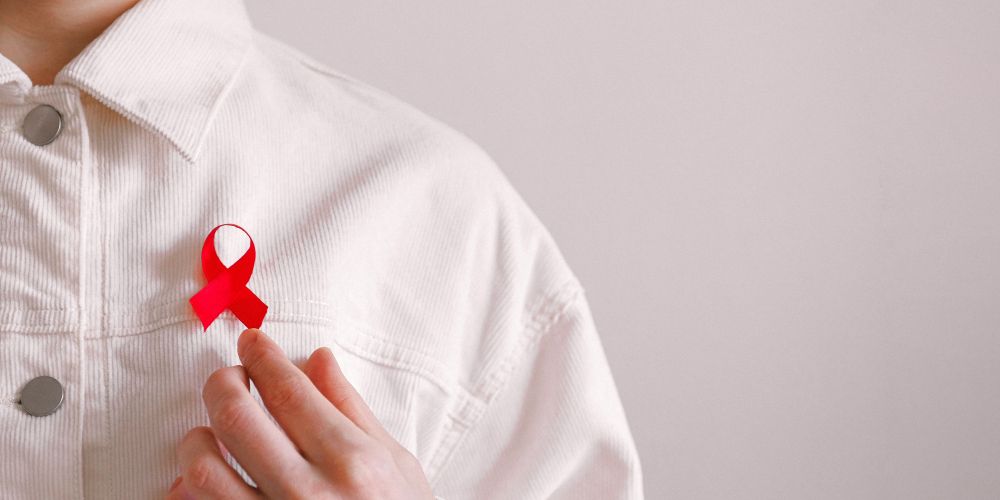December 2, 2020

This past Tuesday, we recognized World AIDS Day. Founded in 1988, World AIDS Day is an international day dedicated to raising awareness of the AIDS pandemic caused by the spread of HIV infection, to support for people living with HIV, and to commemorate those who have died from HIV/AIDS.
HIV/AIDS is a very complex infection, but what is it exactly? We’ll try to break it down for you here.
Acquired Immunodeficiency Syndrome (AIDS) is a chronic and potentially life-threatening condition caused by Human Immunodeficiency Virus (HIV). Compiled by the Mayo Clinic, these are ways that HIV can be spread:
If left untreated, HIV progresses to AIDS in eight to ten years, and when AIDS occurs, the immune system has been severely damaged. At this stage, individuals with AIDS are more likely to develop opportunistic infections or opportunistic cancers – diseases that wouldn’t usually cause illness in a person with a healthy immune system. There is no cure for HIV/AIDS, but thanks to the best science available, most people with HIV don’t develop AIDS.
In 2019 there were roughly 38 million people living with HIV globally. As of 2016, Canada had an estimated 63,110 people living with HIV. A staggering 14% of people with HIV in Canada were unaware they have HIV - roughly 9,090 people. Proper education on transmission, prevention, who is at risk, and the symptoms of HIV, is important in raising awareness and reducing stigma. Stigma and discrimination remain a reality for many people living with the condition.
From Catie, seven ways to prevent HIV:
This year, consider wearing a red ribbon - the universal symbol of awareness and support for people living with HIV. Perhaps use a virtual ribbon on your email signature to show your support during the month of December. You never know how your show of support might impact someone who sees it, whether it’s a neighbour undergoing treatment, or a family friend who was just diagnosed. A little support can go a long way.

GOeBlogger is a health enthusiast and avid reader living and thriving in vibrant Vancouver. When she's not nerding out at her laptop, you can find her exploring the beautiful BC coastline with her dog.

Connect with us online for a virtual and personal consultation for minor illnesses.
Call us at 1-866-318-4748
Send us an email
Sign up for the latest news and offers delivered to your inbox.